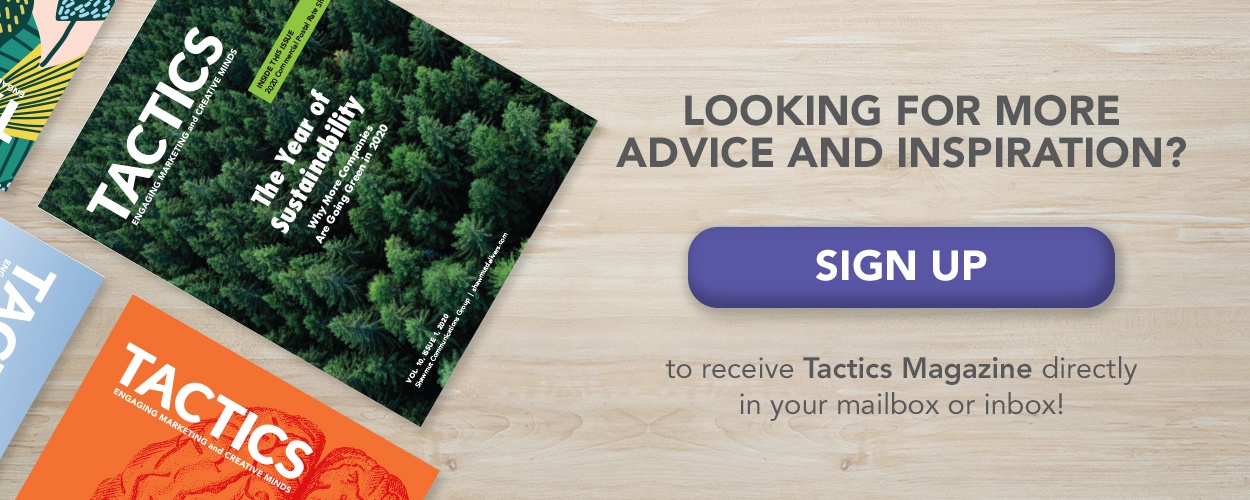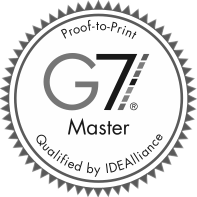Millennials are tech-savvy digital natives. Plenty of research supports their appetite for all-things-digital. Ninety percent of millennials own a cell phone, 78% have broadband Internet, and 86% of the demographic uses social media, according to the Pew Research Center. Knowing this, you might be surprised to learn that millennials love print. That’s right, millennials respond to old-school print media like direct mail, catalogs, and mailed invitations.
Research from RIT shows 87% of millennials would rather receive a birthday card in the
mail rather than by email; 57% prefer a mailed invitation over an evite; and 55% like handwritten letters as opposed to emails.
While many marketers may find those statistics shocking, Bob Gierschick, a marketing expert who has worked with Shawmut in the past, says it makes sense that millennials gravitate towards print.
“Millennials are highly calibrated to imagery and short, meaningful messages, and that’s exactly what a high-quality print campaign offers,” - Bob Gierschick
But that’s not the only reason Gierschick, who has created campaigns for the 23–38 year old demographic, says millennials are drawn to print. “Millennials are bombarded by digital messages. From social ads to in-app pop-ups, digital marketing has become noise to millennials and is often ignored. Print media is something of a disruptive marketing tactic that snaps millennials out of their digital fog and holds their focus on something that’s visual and tactile,” Gierschick says. A print campaign isn’t just attractive to millennials, it’s also memorable.
Tips for creating print campaigns for millennials
Print marketing carries a lot of weight for millennials, so how can a brand launch a print campaign that targets this group? Here are some tips to get started:
Curate a targeted mailing list
Marketing to millennials is different than marketing to other generations. If millennials are your target, create a mailing list that’s comprised of this age group specifically.
Use stunning visuals
Millennials are attracted to powerful visuals. Stock photos or low-quality cell phone images aren’t going to cut it. Look for images that have a high resolution, vibrant colors, and classify as “head-turners.” The visuals should draw millennials in, Gierschick says.
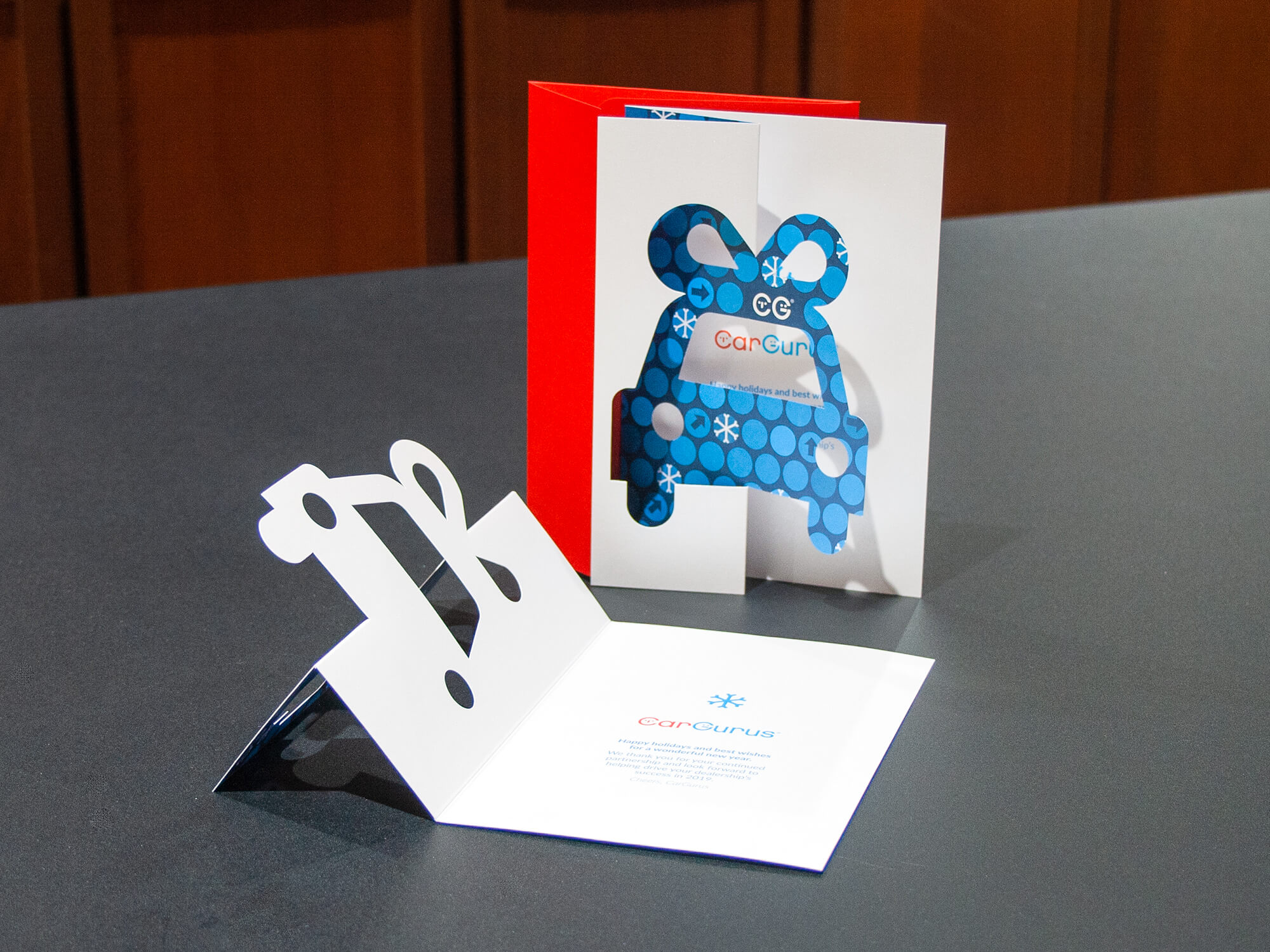 The team at CarGurus designed a fantastic holiday card that pairs a die-cut with a simple swing-fold technique. The eye-catching visuals and short message on this card make it a perfect fit for a Millennial audience. This award-winning piece was featured on Fold of the Week!
The team at CarGurus designed a fantastic holiday card that pairs a die-cut with a simple swing-fold technique. The eye-catching visuals and short message on this card make it a perfect fit for a Millennial audience. This award-winning piece was featured on Fold of the Week!
Whittle down your message
Millennials respond to short messaging. “Millennials are immune to nonsense,” Gierschick says. “They don’t want hyperbole or a bunch of statistics, they want to know why you’re contacting them. Your messaging must be short and to the point.”
Be bold
With imagery and messaging in check, it’s time to consider what kind of print marketing campaign to send. It’s okay to choose something bold. Millennials like campaigns that are out-of-the-ordinary or those that make a statement, so why not select a print format that embodies that concept?
Rather than send a postcard or a brochure, consider bold choices like a swing-fold mailer or a clamshell box. These options use dielines to create specially-shaped mailers. While they might look complicated to design, ready-made templates make the process simple.
Print and digital can work together
Even though millennials crave print, digital strategies shouldn’t be ignored. In fact, smart marketers combine the two. Send a mailer with a QR code or a personalized URL (pURL) that directs customers to a targeted landing page, or invite millennials to an event with
a paper invitation that asks them to RSVP online.
Print can serve as an initial touchpoint that directs millennials to specific websites, social contests, or gated content like a whitepaper or eBook. Marketers can use tools like Shawmut MailPlus to manage a combined online and direct mail campaign. With a tool like this, you can
create one campaign and promote it via online ads, Facebook ads, and direct mail.
Get personal
Millennials expect personalized marketing. Sending generic campaigns simply won’t do. Research shows 70% of millennials are frustrated with brands sending them irrelevant marketing campaigns and prefer a more personalized approach, according to SmarterHQ. Consider using variable data printing, a technique that gives marketers the ability to add a recipient’s name or other information to each mailer, or design a personalized URL (pURL) that includes your recipient’s name.
Measure your success
As with any marketing effort, you have to measure response rates to gauge success. Be sure to identify goals and set reasonable benchmarks to hit. Remember that it may take some time for your audience to warm up to print marketing, so commit to several campaigns before making any judgment calls. Millennials might be the most digitally-fluent generation, but traditional print marketing is still an effective method of communication. The bottom line, Gierschick says, is that print matters to millennials and marketers can’t afford to ignore that.
This article first appeared in Tactics Magazine, Volume 9, Issue 5.




